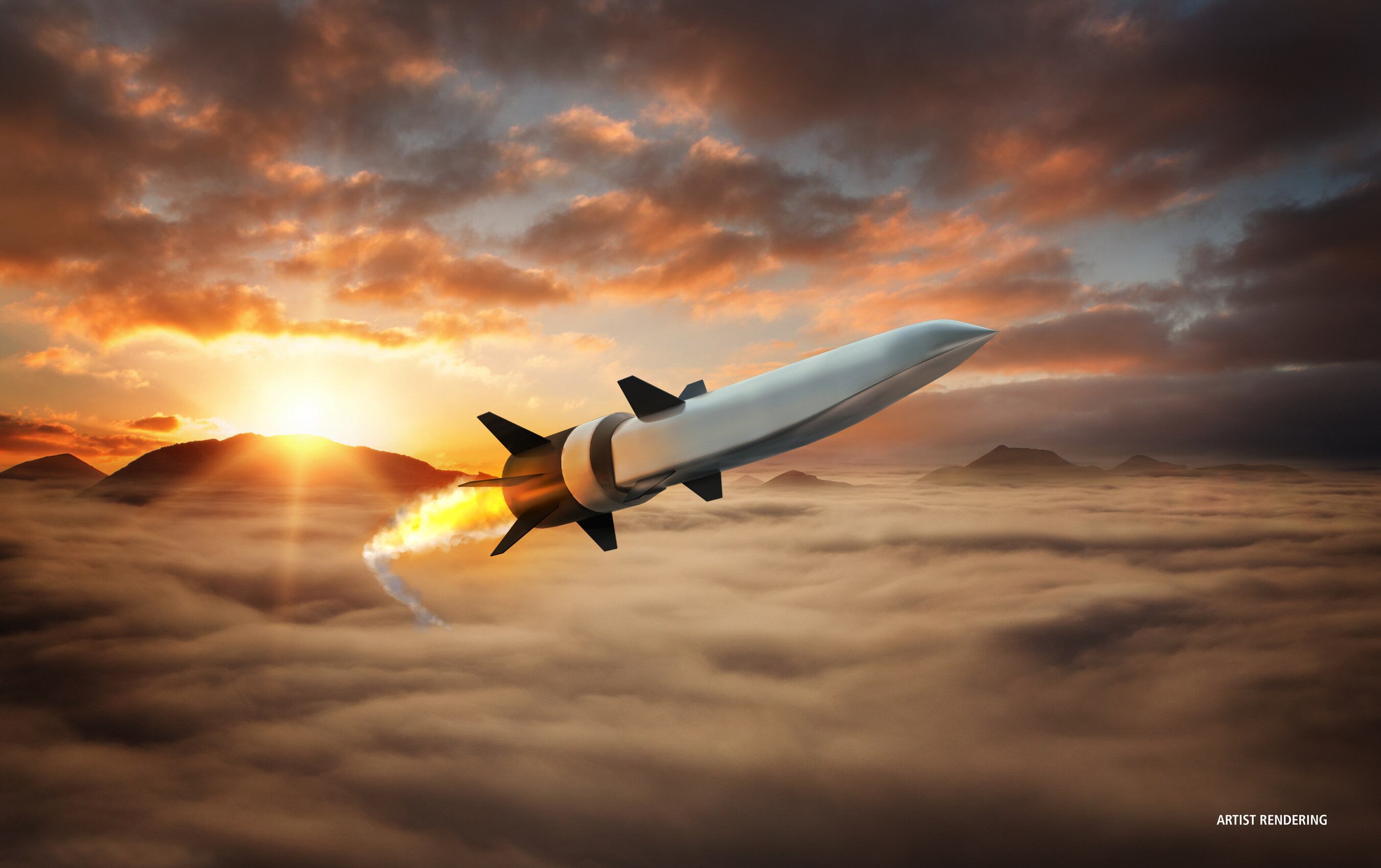WASHINGTON — As the Pentagon focuses on developing new technologies such as artificial intelligence and directed energy, department officials have declared the need to ensure foreign nations are not buying their way into the defense-industrial base. But a new report warns China may already have ownership over a key focus: hypersonic weapons.
Hypersonic missiles, which are capable of going faster than five times the speed of sound, are expected to become a backbone of the U.S. military in the coming decades.
As part of its annual Federal Scorecard, data and analytics firm Govini found that tier one suppliers in the hypersonic supply chain — seven major companies that are working most closely with the Department of Defense on the technology development — has done a good job of keeping Chinese-owned companies out of the process.
But at the tier three level, where companies provide smaller but still critical components, the exposure to Chinese suppliers jumps to nearly 10 percent. And that exposure grows slightly by the time it reaches tier five suppliers, with Govini seeing signs of overlap among companies at those lower levels.
RELATED

“This does not necessarily mean that Chinese parts are ending up in DoD’a hypersonics,” explained Jim Mitre, Govini’s senior vice president for strategy and analysis. “However, China may have opportunities to jeopardize the development [of] hypersonics through engagement in the supply chain, and it’s critically important for DoD and industry to ensure that’s not the case.”
That is “an area that we’re regularly working with the department on exploring and unpacking” to understand the challenges in the supply chain, Mitre added.
A series of Pentagon reports in the last two years have raised concerns about the defense-industrial base, particularly when it comes to high-end materials and design knowledge for missiles. In some cases, the only supplier for critical materials come from China, the exact country the U.S. is looking to counter by investing in hypersonic weapons.
In March, the Pentagon announced it was launching a deep dive into the hypersonic industrial base specifically to understand the vulnerabilities at the lower-tier suppliers. That study is ongoing.
Meanwhile, officials have acknowledged that smaller suppliers have been impacted by the COVID-19 pandemic.
Govini also found that the U.S. is under investing compared to China in the realm of quantum technologies, with the Pentagon’s fiscal 2021 research, development, testing and evaluation budget for quantum-related programs decreasing by nearly 10 percent from the previous year. The department has requested $3.2 billion for RDT&E funds related to hypersonic weapons in FY21.
Aaron Mehta was deputy editor and senior Pentagon correspondent for Defense News, covering policy, strategy and acquisition at the highest levels of the Defense Department and its international partners.







